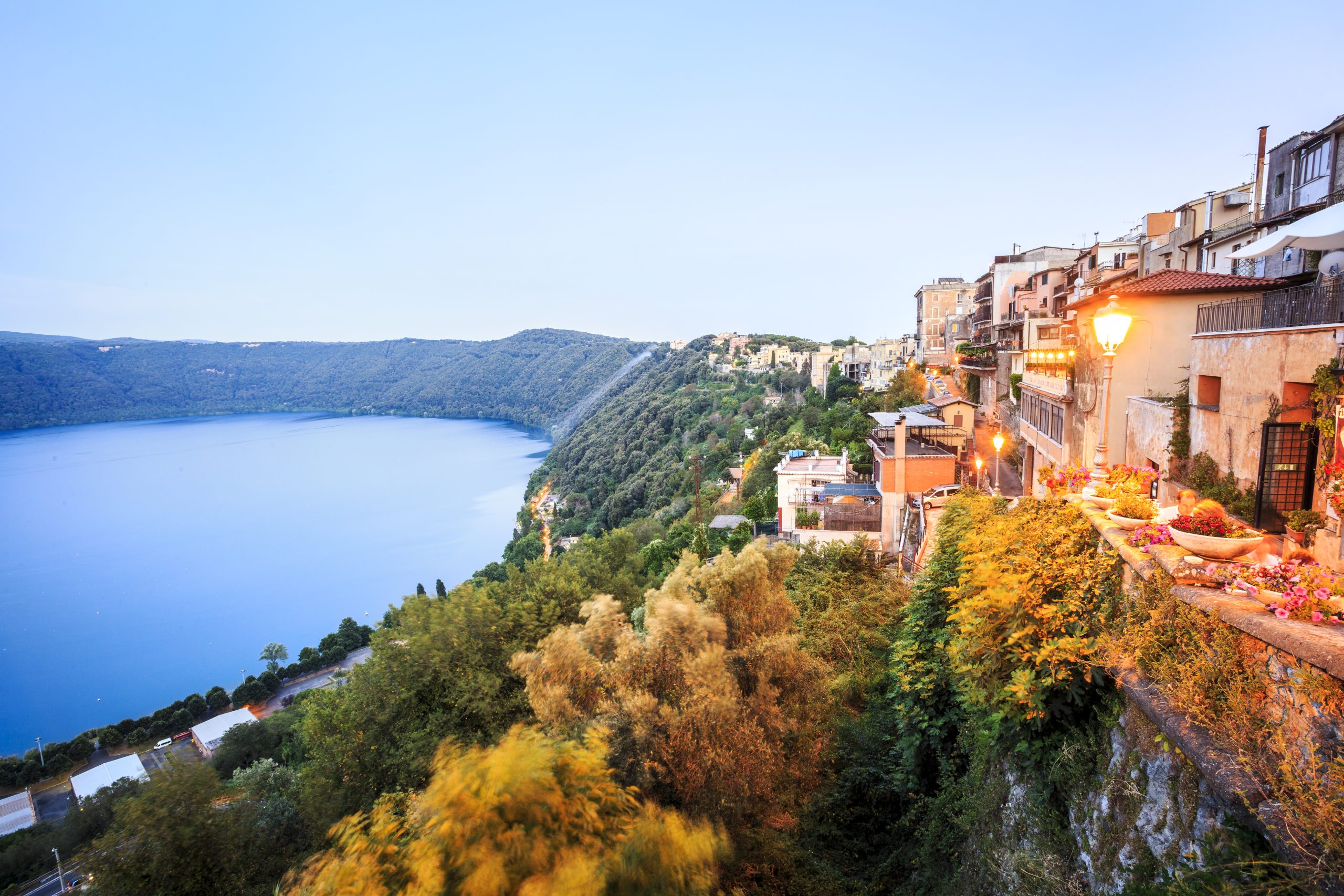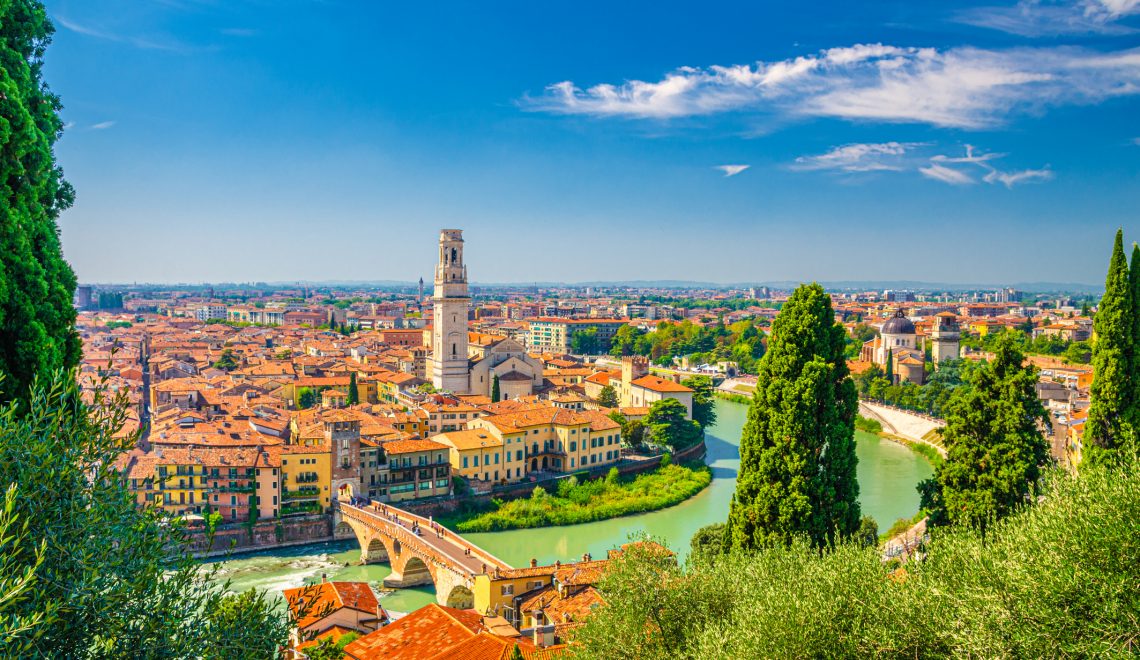
Castelli Romani, Ostia Antica, and Civita di Bagnoregio – discover three day-trips starting from Rome: here’s how to reach the sights.
Rome deserves a trip at least once a year to see exhibitions, displays, and unknown corners of the city. But above all, it is also worth a trip to admire the many wonders of the surrounding area. Indeed, with a day-trip out of town you can visit Roman villas, archaeological excavations and many characteristic quaint villages. Here are our tips for three day-trips from Rome.

Ostia Antica for archaeology lovers
A must for archaeology enthusiasts, after Pompeii, Ostia Antica is one of the world’s largest excavation sites. More than half of the ancient city is actually still buried, but the excavations that can currently be visited offer incredible evidence of daily life in Ancient Roman times.
The city was founded around 600 BC by Anco Marzio, who wanted to exploit the salt pans at the mouth of the Tiber on the Mediterranean. From the ruins emerged a fortified castrum built around the 4th century B.C. by Roman settlers to defend the mouth of the river. As trade developed, Ostia lost its character as a military castrum and became a major river port, as evidenced by the present-day excavations that can be visited.
As the Empire declined, also Ostia’s importance as a trading outpost dwindled; the city gradually waned until a disastrous flood changed the course of the River Tiber River in 1557, wiping out the ancient port for good.
The Ostia Antica Archaeological Park is in Via dei Romagnoli 717; it is open from Tuesday to Sunday, with different hours throughout the year:
- in winter (from 25 October to 28 February), from 8.30 am to 4.30 pm;
- in spring (from 1 to 31 March), from 8.30 am to 3.15 pm;
- in summer (from 1 April to 30 September), from 8.30 am to 7.00 pm;
- in autumn (from 1 to 24 October), from 8.30 am to 6.30 pm.
The ticket office closes one hour before the Park closes, while the fully closed days are Mondays, 25 December, 1 January, and 1 May.
You can reach the site by train by taking the Roma-Lido rail link and getting off at the Ostia Antica stop.

The Castelli Romani – Rome’s neighboring ancient villages
The view of Rome seen from the Castelli Romani is unforgettable. Castel Gandolfo, Ariccia, and Frascati offer splendid cultural attractions such as the Papal Palace in Castel Gandolfo or the Villa Aldobrandini in Frascati, not to mention the natural sights around Lake Albano and the strong appeal of culinary tradition in the local osterias
The Castelli Romani area is rich in patrician villas dating back to Roman times. Thanks to the appreciation of popes and noble Roman families such as the Colonna and Orsini, who made it a favorite vacation spot, it is also rich in many monuments of historical and artistic interest. Indeed, artists of the caliber of precisely Bernini, Borromini, Carlo Maderno and Luigi Vanvitelli were engaged there.
The beauty of mentioned artistic works sets off the beauty of naturalistic ones. Due to its volcanic origin, the Castelli area offers unforgettable views with the scenic backdrop of Lake Albano.
Don’t miss a visit to the Apostolic Palace of Castel Gandolfo, built by Pope Urban VIII Barberini on the ruins of the castle of a Roman noble family and designed by Bernini.
The tour is available only on Saturdays and Sundays and reservations are required; the ticket costs €13 and includes a dedicated audio guide or guided tour for groups.
Castel Gandolfo can be reached by the Cotral Roma–Castel Gandolfo bus lines from the Anagnina terminus or by train by taking the Roma–Albano line and, as before, getting off at Castel Gandolfo.
But the Castelli Romani are also synonymous with wine and porchetta, which is why they are a favorite destination for those who want to combine a nature and culture tour with a hearty food experience!
In fact, if you would like to stop at one of the many ancient taverns or fraschette scattered throughout the area, you can enjoy the many delicious traditional dishes accompanied by an excellent wine.

Civita di Bagnoregio, a town that’s dying
Moving north, and more precisely to the province of Viterbo, with a day trip starting from Rome, one can reach Civita di Bagnoregio, also known as the dying town because the tufa outcrop on which it stands is slowly succumbing to the elements.
It’s a small medieval village of 16th-century buildings with an old mill, which can only be reached on foot by walking across a spectacular suspension bridge 300 meters above sea level overlooking the Valle dei Calanchi.
To reach Civita di Bagnoregio from Rome, you first take a train to Viterbo, get off at Porta Romana and from here take one of the Cotral regional buses that serve Bagnoregio.
How to get to Rome by train
Today reaching the Eternal City with high-speed rail is easy and very economical. Trains arrive at Roma Termini and Roma Tiburtina stations, which are connected with metro subway lines and other urban transportation services. Check out train times and fares to Rome and buy your modifiable Low Cost ticket, discover all the convenience of Italo Treno. Also take advantage of travel cards or discounts for under 29s, families or over 60s and remember that with Italo Treno children under three years always travel for free. Treat yourself to a special vacation and visit Rome – enjoy street food and the city’s surroundings.







